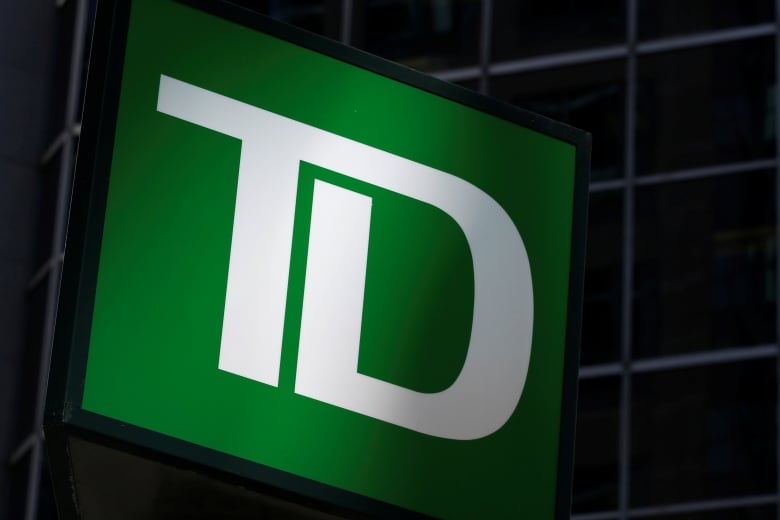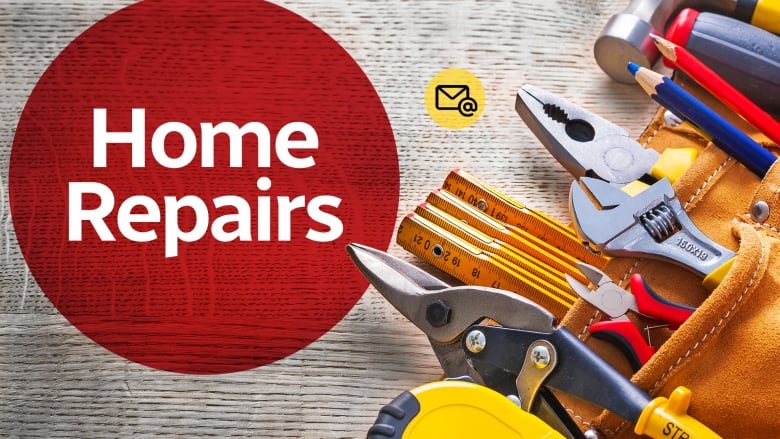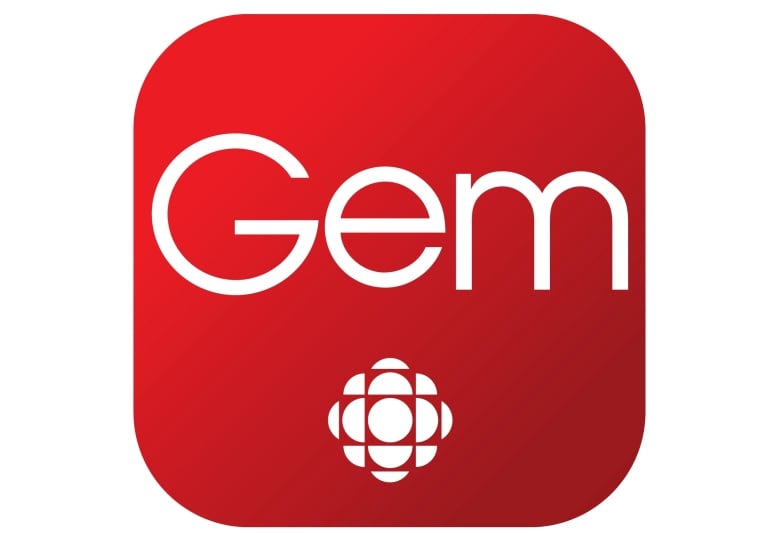
Miss something this week? Don’t panic. CBC’s Marketplace rounds up the consumer and health news you need.
Want this in your inbox? Get the Marketplace newsletter every Friday.
It’s probably not your fault if your jeans don’t fit
If you’re struggling to find jeans that fit, you’re not alone. And it’s not all that leftover Halloween candy, either.
A CBC Marketplace investigation has found that waist size labelling on jeans is rarely accurate.
The show purchased jeans from popular retailers to fit the average Canadian size: a 34-inch waist for women, and a 38-inch waist for men.
When measured, most of the jeans’ waistlines were larger by at least an inch. The waist on women’s jeans from Abercrombie & Fitch were a whopping six inches larger than what was on the label.
Marie-Eve Faust, a professor at the Université du Québec à Montréal, says vanity sizing is to blame.
“To flatter your consumer, you would label it as a size smaller than it is,” she said, which makes it difficult for people to shop with confidence and ease.
“It’s very difficult for women to find out which brand is OK,” she said, “But at the same time, it flatters you.” She said when people feel good about the size, they may purchase more as a result.
A spokesperson for Abercrombie & Fitch wrote that “in the detailed size guide online, the numeric size labels of our jeans will not always correlate directly to waist measurement in inches, which is by design. In line with other apparel brands, we do not produce bottoms in inch-by-inch waist increments. Instead, based on extensive research and fit sessions, our sizing is intended to fit a range of waistlines.” Read more
Tonight, Marketplace is airing its Black Friday special, Retail Tricks. Watch the full jeans investigation, plus investigations into the safety of motorcycle helmets, and the environmental impact of party decor Friday at 8 p.m. (8:30 p.m. in N.L.) on CBC Gem or CBC TV.
Only weeks after launch, TD is pausing its loan program partnering with Canada Post

It only launched last month, but TD Bank and Canada Post have already put a new program offering loans for customers in remote communities on pause, citing unspecified “processing issues.”
The mail carrier and lender announced in October that 6,000 Canada Post locations across the country would soon offer individuals small loans of between $1,000 and $30,000. It was known as the MyMoney program.
The program was meant to target rural communities that may not have access to full-service bank branches, but do have Canada Post locations.
It’s an example of what’s known as postal banking, a system that some countries — such as Italy, Brazil, New Zealand, Switzerland and others — have with varying degrees of success, but that hasn’t existed in Canada in more than 50 years.
CBC News has asked Canada Post and TD Bank for more details on what sort of “processing issues” led to the decision — and what the status of existing applications is.
Canada Post directed all inquiries to TD Bank, which has so far declined to elaborate on the nature of the processing issues. Read more
A vacuum cleaner for $7? Auction houses offer a glimpse of where some online returns wind up
Forget Black Friday deals, items sold at places like Ollive’s Auction in Calgary can be found at a deep discount because they’ve likely been purchased and returned once already.
The deals include a $7 vacuum cleaner, an $11 hair dryer brush, and two tricycles for $13.
It’s a type of business that’s growing as online shopping, and online returning, have become ever more popular. Some research suggests that 30 per cent of what’s bought online ends up being sent back. For retailers, the price of shipping, processing and restocking returns can be steep, and liquidation is one way to deal with it.
Inside the nondescript brick exterior of Ollive’s Auction is a roughly 5,000-square-foot warehouse, packed floor to ceiling with everything from diapers to paddleboards to electric vehicle chargers.
The business gets a truckload every other week with about 24 skids’ worth of product: a mix of online returns and unsold-but-outdated merchandise that’s being cleared out to make way for what’s new.
While it’s hard to pin down exactly what share of returned and excess merchandise ends up at auctions. Retail consultant Sonia Lapinsky said it may be happening more often as retailers deal with a “glut” of inventory from previous supply chain disruptions, and from the growing trend of customers buying excess merchandise and then sending it back. Read more
In case you missed it, Marketplace has tracked where your Amazon returns are really ending up, and it’s not always an auction house. You can watch that full investigation any time on CBC Gem.
What else is going on?
Travelling to India? Get your visa application in ASAP
Backlogs in the application system are leaving hundreds of travellers in limbo.
You could get up to $5000 to switch from oil to heat pumps
Low-to-median income households can use the grant to cover the purchase and installation of heat pumps, necessary electrical upgrades and safe removal of the oil tank.
Tesla has recalled more than 300K vehicles because of a tail-light problem
A glitch in the software for certain Model 3 and Model Y vehicles can make tail lights go off intermittently, increasing the risk of collision
Marketplace needs your help

Are you or your family trying to find an affordable place to rent, and you are open to appearing on camera? We want to hear from you. Email us at [email protected].

Have you recently hired a repair or tradesperson through an online platform or app? If so, we’d like to hear about your experience. Email us at [email protected].

Interested in helping us improve CBC’s newsletters? The CBC Research team is looking for newsletter readers like you with opinions to share. Click here to participate in a short survey.

Catch up on past episodes of Marketplace on CBC Gem.